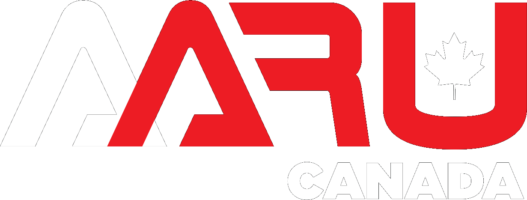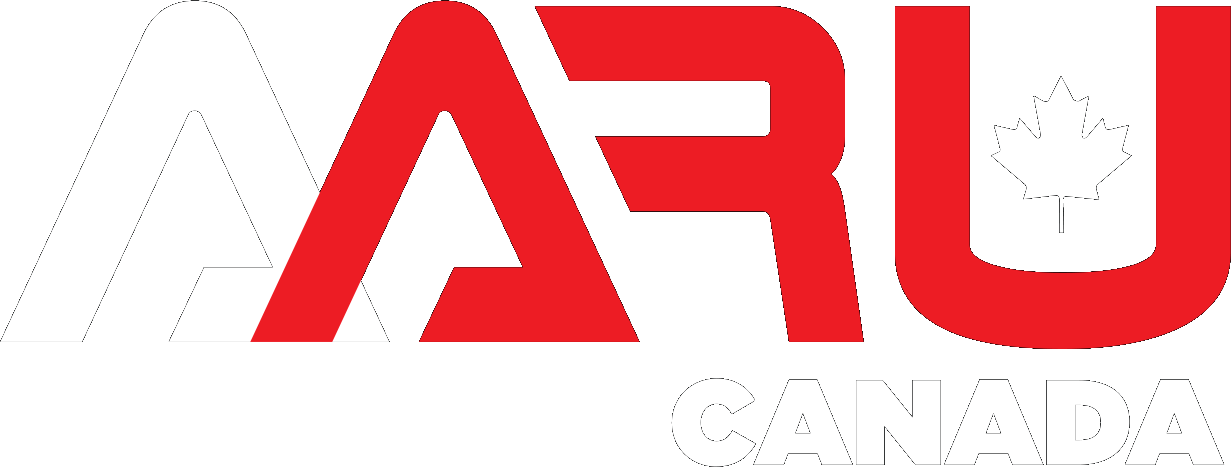Essential Steps to Maintaining a Secure Website in 2023
In today’s interconnected digital world, the security of your website should be a top priority. With cybersecurity threats evolving at an alarming rate, keeping your website safe is more crucial than ever. A secure website not only protects sensitive data but also fosters trust among your users and improves your search engine rankings1. This article will guide you through the essential steps for maintaining a secure website in 2023.
Regular Software Updates
Updating your website’s software, including the content management system (CMS), plugins, and themes, is crucial. These updates often contain security patches that fix known vulnerabilities. Cybercriminals actively exploit outdated software, so regular updates can thwart many common attacks.
Use of SSL Certificates
Secure Sockets Layer (SSL) is a security protocol that encrypts the connection between a user’s web browser and your website. This protects sensitive data like credit card numbers and login credentials from being intercepted. Websites with SSL display a padlock icon in the address bar, which reassures visitors that their data is safe.
Strong Password Policies
Implementing strong password policies for all users can significantly improve your website’s security. This includes using long, complex passwords and changing them regularly. Two-factor authentication, which requires users to verify their identity in two separate ways, can also provide an additional layer of security.
Regular Backups
Regular backups are a safety net if your website falls victim to a cyber attack. Ideally, you should store backups offsite and regularly test them to ensure they work correctly. Automated backup solutions can streamline this process and ensure you never forget a backup.
Firewalls and Security Plugins
Website firewalls and security plugins can provide real-time protection against many common threats. They can block malicious traffic, prevent brute force attacks, detect malware, and more. Some also offer features like automatic updates and backups, making them a valuable part of any website security strategy.
Monitor for Malware and Attacks
Regularly scanning your website for malware and signs of an attack can help you catch issues early before they cause significant damage. Many security plugins offer this feature, or you can use a dedicated security monitoring service.
Limit User Access and Permissions
Limiting user access and permissions can reduce the risk of accidental mishaps or internal threats. Only trusted individuals should have administrative access, and even trusted users should only have the permissions necessary to perform their role.
Secure Your Hosting Environment
Choosing a reputable web hosting company is crucial in ensuring your website’s security. Look for features like 24/7 security monitoring, intrusion prevention systems, and support for the latest PHP versions1. Remember, the cheapest option isn’t always the best when it comes to hosting.
Implement a Content Security Policy (CSP)
A CSP can help protect your site from Cross-Site Scripting (XSS) attacks, one of the most common security threats to websites. XSS attacks occur when hackers inject malicious scripts into websites that are viewed by other users. A CSP allows you to specify the domains that the browser should consider to be valid sources of executable scripts.
Use HTTP Strict Transport Security (HSTS)
HSTS is a web security policy mechanism that protects websites against protocol downgrade attacks and cookie hijacking. It allows web servers to declare that web browsers should only interact with it using secure HTTPS connections.
Secure Your Email Server
It’s not just your website that needs securing; your email server can also be a prime target for attackers. Implementing SPF (Sender Policy Framework), DKIM (Domain Keys Identified Mail), and DMARC (Domain-based Message Authentication, Reporting & Conformance) records can help protect against email spoofing and phishing attacks.
Educate Your Team
Last but not least, educating your team about best practices for website security can significantly reduce the risk of an attack. This can include training on topics like phishing attacks, password security, and more.
By following these steps, you can significantly improve the security of your website. Remember, website security is not a one-time task but an ongoing commitment. The digital landscape continually evolves, and staying ahead of potential threats requires vigilance and proactive measures. At Aaru Canada, we’re here to help guide you through this process and ensure your website stays secure in 2023 and beyond.
In conclusion, maintaining a secure website is more than just an optional practice; it’s an absolute necessity in our increasingly digital world. By implementing the steps outlined in this article, you’re not only safeguarding your site from potential threats but also promoting trust and credibility with your users, ultimately enhancing your brand reputation. Remember, website security isn’t a one-and-done process, but a continuous journey that evolves with the changing digital landscape. Stay vigilant, stay updated, and you’ll be well on your way to ensuring your website remains secure in 2023 and beyond. At Aaru Canada, we’re committed to helping businesses like yours navigate this journey. Reach out to us for any further guidance or to have us secure your digital presence with one of our security and maintenance or managed hosting plans.






